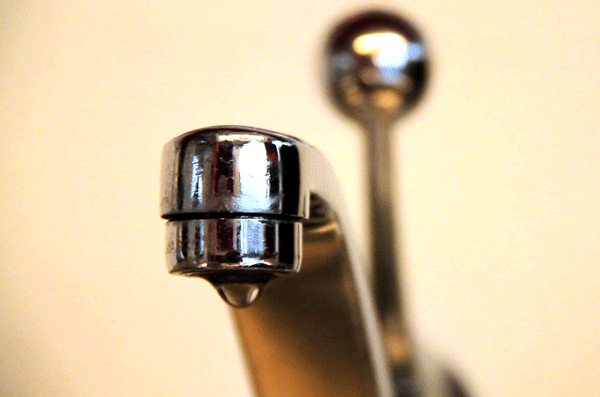
Denver Public Schools began testing fixtures in all of its schools last summer, hoping to proactively identify sources of the contaminant.
The good news is that the district has not found any schools served by lead water pipes, meaning any contamination should be limited to individual fountains and sinks. DPS also has found and shut down a number of individual fountains and sinks with potential contamination.
"We know that our schools don’t have lead service lines. We’ve eliminated those as a source," said Joni Rix, environmental project manager for DPS.
Working with Denver Water, the district has sampled more than 6,000 individual sources, covering all regular sources of drinking water across the district.
About 3.2 percent of the tests have returned results above 15 parts per billion for lead, which is the standard that DPS is using for action, Rix said. Those sources were spread across about 80 buildings, she said. (The Environmental Protection Agency standard is a little looser, recommending action at 20 ppb.)
DPS has turned off fountains that tested above its standard. In the case of some sinks in faculty areas, DPS has posted signs warning people to flush out water in the sink for 30 seconds, which greatly reduces the presence of contaminants. Eventually, the contaminated fixtures will be replaced.
Results for individual Denver schools are available online. Cherry Creek Schools, Jeffco Public Schools and Aurora Public Schools also have published results of recent testing.
The effects:
Exposure to lead does not mean that a child has suffered lead poisoning.
"Most of the science says that water is really not a source of lead for kids," Rix said. Symptoms of poisoning can include developmental delays, weight loss, hearing loss, vomiting, constipation and numerous other effects. Anyone who suspects their child is suffering from lead poisoning should contact a doctor.
Homes also might be a source of lead exposure. Pipes in homes built prior to the 1960s and during the 1980s also might be lead. Read our guide to the danger at home and request a free test from Denver Water.
The tests:
Tests were drawn only after water was allowed to stagnate in the lines for about eight hours, which captures a "worst-case" scenario. With normal use, the fountains and sinks generally should come in with less lead than the tests showed.
DPS also has tested classroom sinks for contamination in elementary schools, and will extend that testing to other schools in the months ahead. The system hopes to repeat testing every 3 to 5 years.












